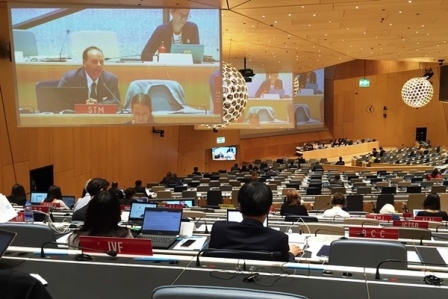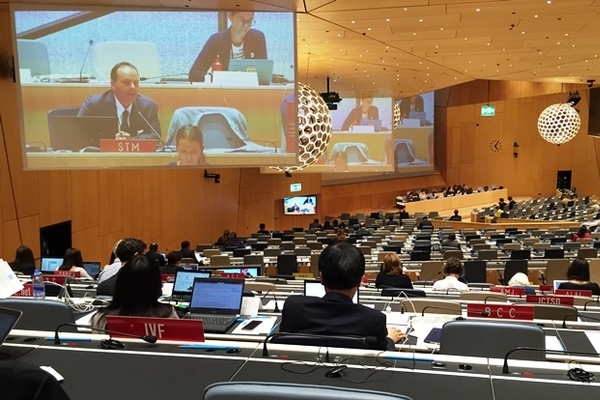
WITH so many global political distractions happening at once, like the impeachment of Dilma Rousseff, in Brazil, the Brexit debate in the UK, the EU’s Digital Single Market consultations in full swing at least until autumn, US presidential elections in November, and big sports events scheduled for summer in Europe and Brazil, it was little surprise that WIPO’s SCCR 32 didn’t make earthshattering progress on its agenda, nor definitively decided on what new issues to tackle. The summary of the meeting by the SCCR President, Martín Moscoso, was released yesterday and can be read here.
Broadcasting Treaty and Exceptions and Limitations
The two main items on the SCCR agenda are a possible Broadcasting Treaty (BCT) and discussions on Exceptions and Limitations (E&L). Having discussed the BCT for 20 years already, the WIPO Member State delegations have got into a cycle of posturing and jockeying for position in anticipation of the necessary political will (sooner or later) to conclude the treaty.
This is all very well, but the risk for publishers and the wider copyright community is that delegations with no discernible stake in a Broadcasting Treaty may be tempted to use it as a bargaining chip to strengthen their position on other copyright agenda items, notably the second E&L issue, which has been on the SCCR agenda since 2008.
The specific E&L areas under discussion involve a possible treaty on library exceptions and a legal instrument on exceptions in the field of research and education, as well as for the benefit of persons with “other disabilities” (i.e. people with other-than-print disabilities, such as hearing or other sensory, cognitive or motor disabilities).
The highlight of these discussions was a monumental opus by Professor Daniel Seng, from Singapore, who was commissioned by WIPO to compare exceptions in the field of education across 188 Member States. He used the WIPO database to accomplish the colossal task. His draft study (which looks at 136 states so far) is very even-handed and notes, among other things, that for multiple copying for educational uses, the payment of copy fees is a regular feature of exceptions or voluntary licensing solutions. The study will now be used by the President of the SCCR to compile a list of education-related exception categories that will be used to guide discussions at SCCR 33, in November 2016 (assuming that the WIPO Assemblies in October don’t direct otherwise).
New topics
A variety of new topics were discussed, although nothing was decided. One was a wide-ranging paper – presented by Brazil and the Latin American and Caribbean Group (GRULAC) countries – focusing on issues associated with digital rights management.
The resale right for works of fine art is another prospective agenda item for deliberation by the SCCR going forward, as is the notion that IP should promote development, which led some delegations to assert that WIPO should contribute more to the UN Sustainable Development Goals, which are being hammered out this year. The UN SDGs are natural discussion fodder for the October WIPO Assemblies.
The SCCR schism and “fair use”
While the tone of negotiations and deliberations was suitably diplomatic, large divisions remain in the SCCR, mainly between developed and developing countries over the merits of copyright protection and the sensible scope of exceptions allowable or to be mandated internationally. In addition, many NGOs in the room strongly advocated the rollout of US-style “fair use” to every corner of the world.
The meaning of fair use has mutated since about 2004 from a theory that chiefly promoted the re-use of existing works in the creation of new ones, to a doctrine that permits any use of a work that, however tenuously, seems to be in the public interest and can be labelled “transformative”. Mounting pressure from anti-copyright activists embodies the greatest threat to the international IP framework: permanent damage to the concept of an exception remaining an exception, and not becoming the rule.
Beware freefalling ice
In sum, the progress of WIPO’s SCCR is akin to glaciers that may appear to be static and stable, but which occasionally and without warning calve large chunks of freefalling ice into the abyss or onto unsuspecting bystanders. The IPA, however, does not mistake slow progress for the absence of danger. The task at hand is to carefully chart a course avoiding over-broad E&Ls and an internationalized fair use becoming the price of a BCT – a meagre but welcome trophy for some, but certainly not crucial to the IPA’s constituency.
Links:
The WIPO Diary: a blog by the IPA’s Ben Steward

